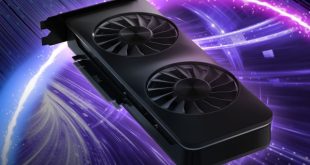Left 4 Dead 2 is a cooperative first-person shooter game. It is the sequel to Valve Corporation’s award-winning Left 4 Dead. The game launched on November 17, 2009, for Microsoft Windows and Xbox 360 in the United States; it launched November 20 in Europe. It builds upon the cooperatively-focused gameplay of the original and uses Valve’s proprietary Source engine, the same game engine used in Left 4 Dead. The game made its world premiere at E3 2009 with a trailer during the Microsoft press event.
In a similar fashion to the original, Left 4 Dead 2 is set during the aftermath of an apocalyptic pandemic, and focuses on four survivors fighting against hordes of the infected. The survivors must fight their way through levels, interspersed with safe houses that act as checkpoints, with the goal of reaching a rescue vehicle at the campaign’s finale.

The gameplay is procedurally altered by an artificial intelligence engine dubbed the “Director” that monitors the players’ performance and adjust the scenario to provide a dynamic challenge. Several new features have been introduced: new types of infected, melee weapons, and a story-arc that connects the game’s five campaigns together. KitGuru selects some of the games most intensive areas for gameplay benchmarking.
By disabling AA we are still able to crank all the other settings to the limit at 5760×1080 which is a fantastic result for a mid range card. We were expecting lower frame rates, but even during intensive firefights, the little Juniper based board managed to keep it perfectly smooth throughout.
These results show a great Left4Dead2 experience with a reasonably smooth frame rate chart from start to finish. We never experienced a single drop under 30fps.
 KitGuru KitGuru.net – Tech News | Hardware News | Hardware Reviews | IOS | Mobile | Gaming | Graphics Cards
KitGuru KitGuru.net – Tech News | Hardware News | Hardware Reviews | IOS | Mobile | Gaming | Graphics Cards




